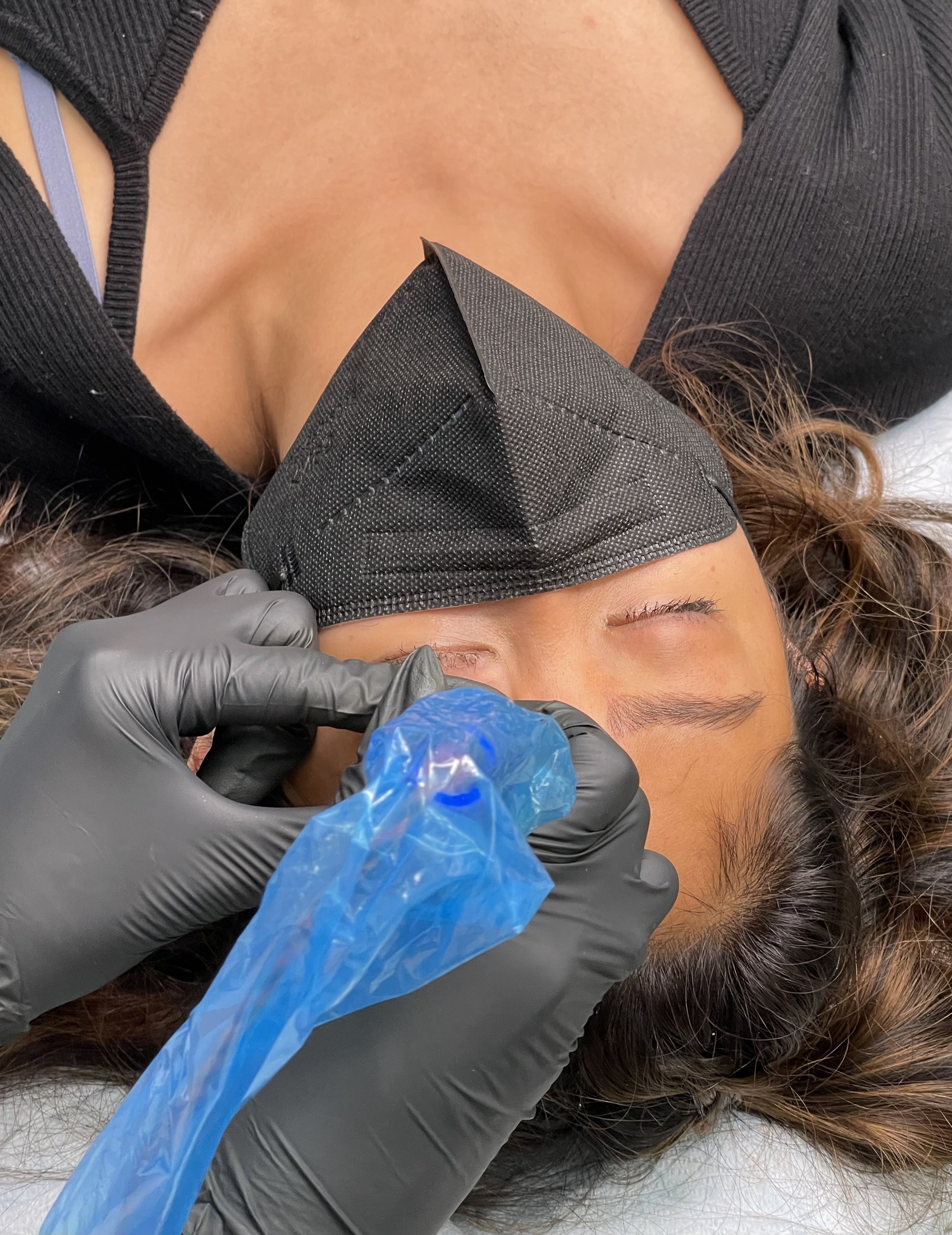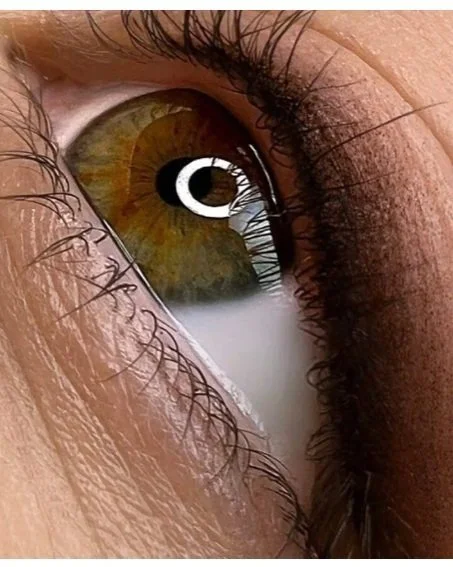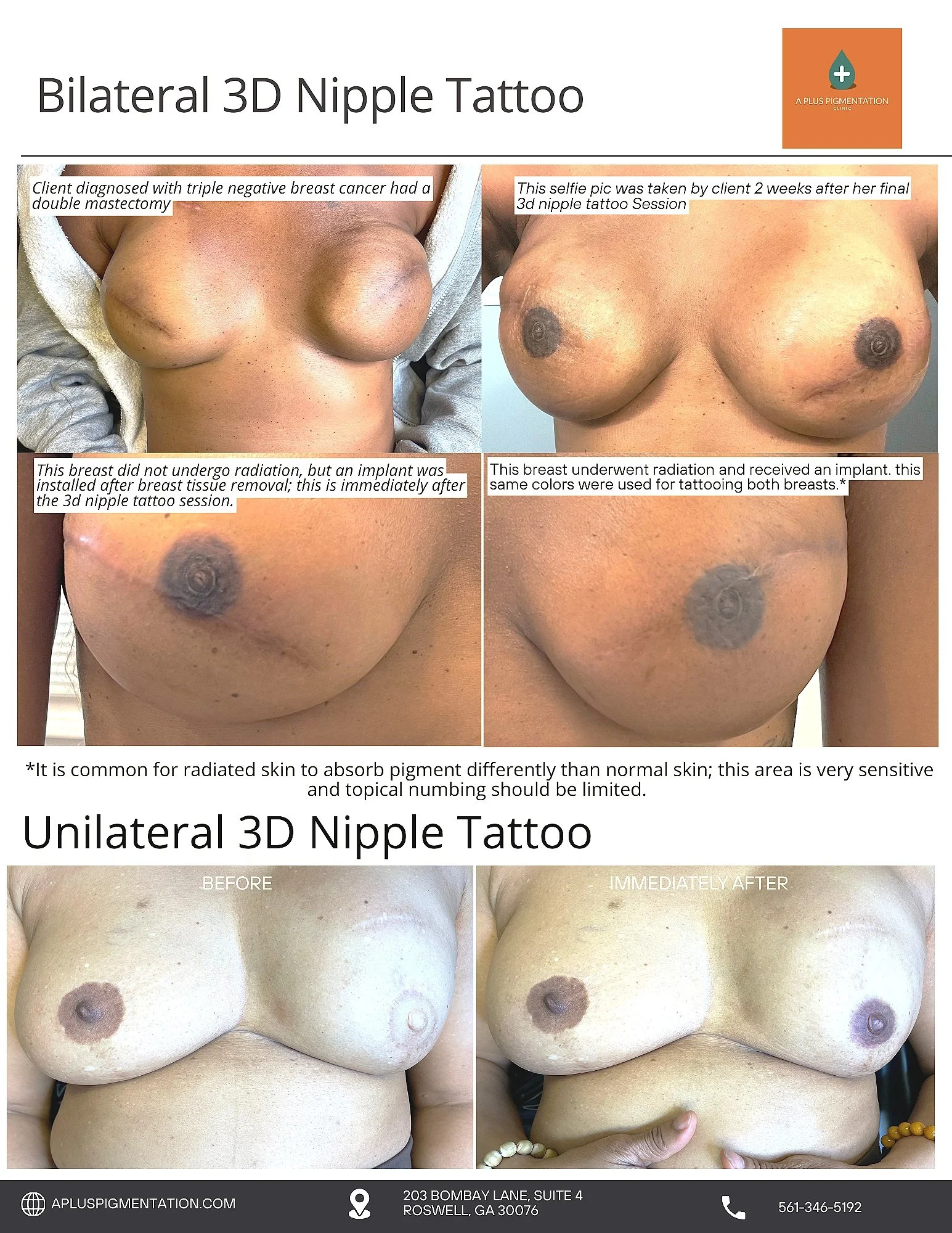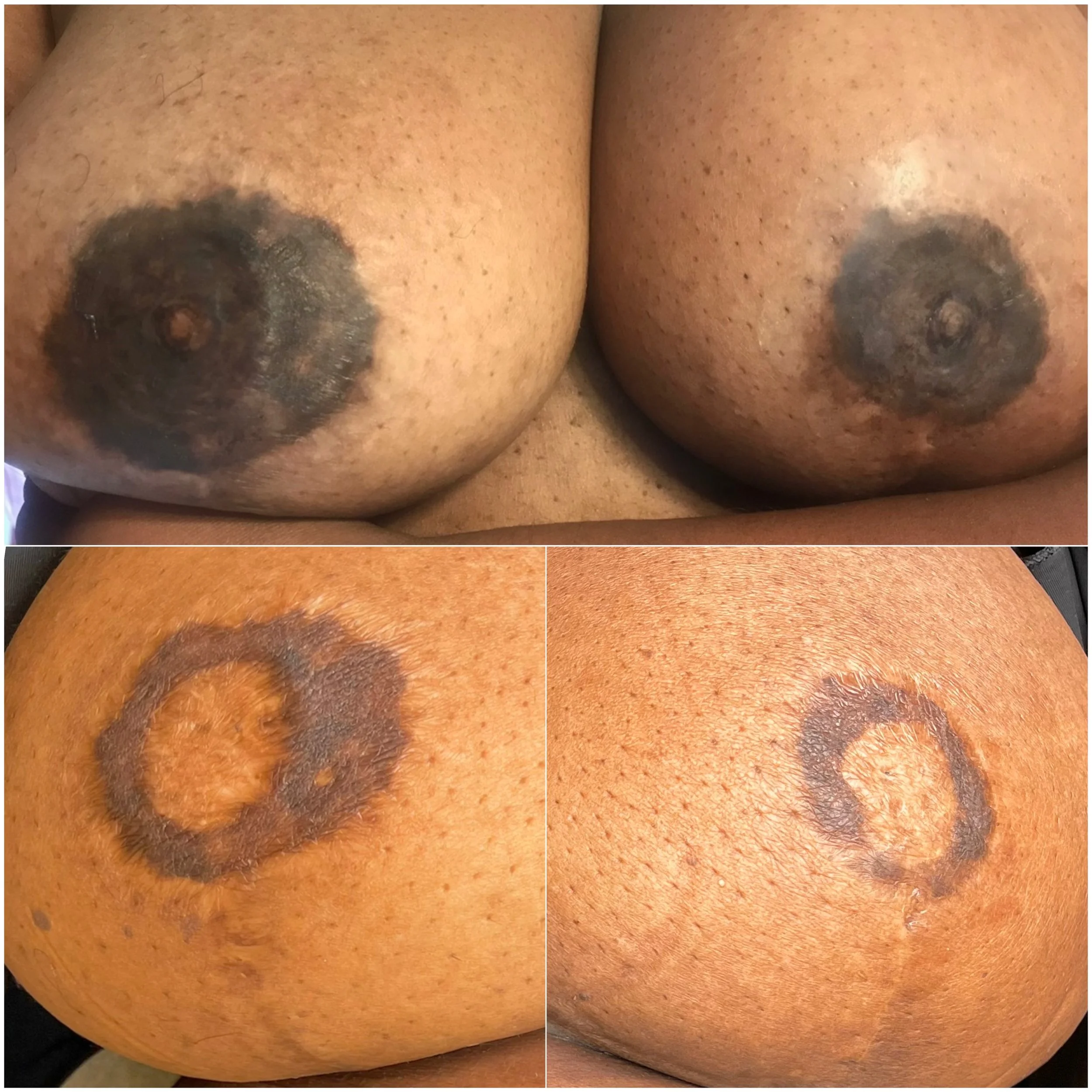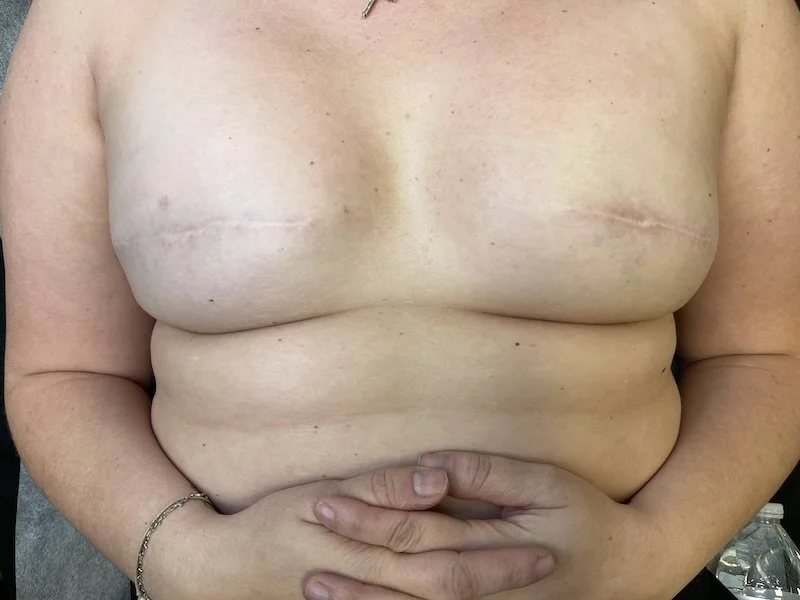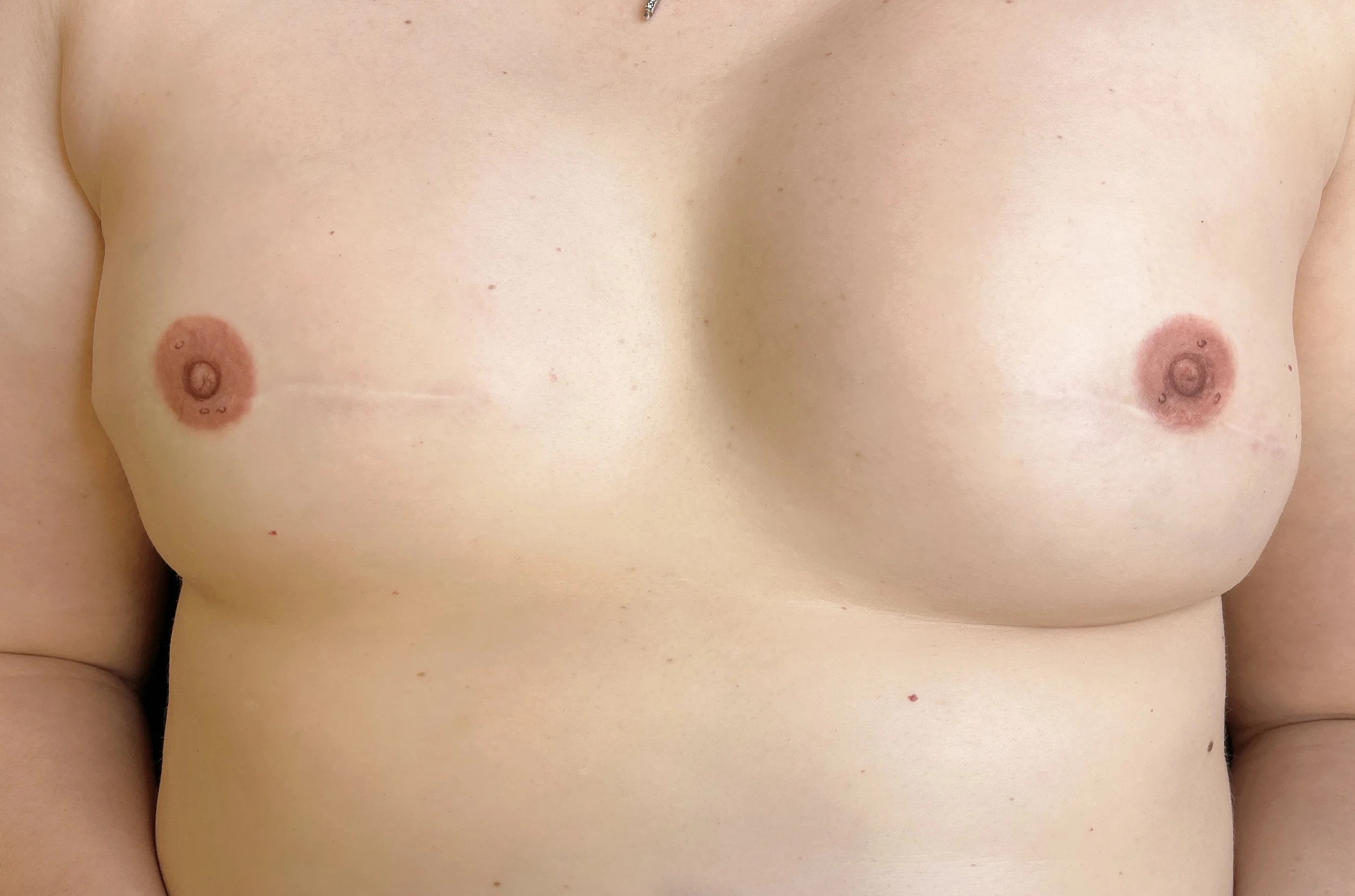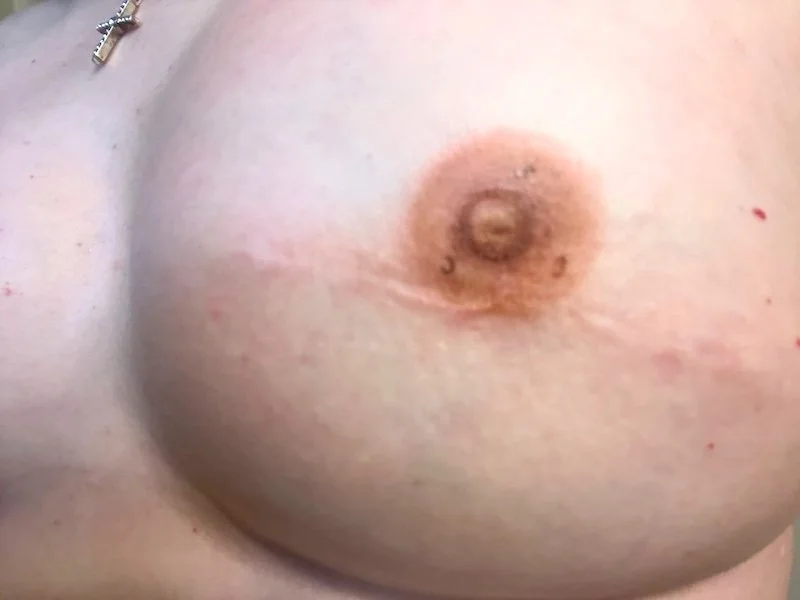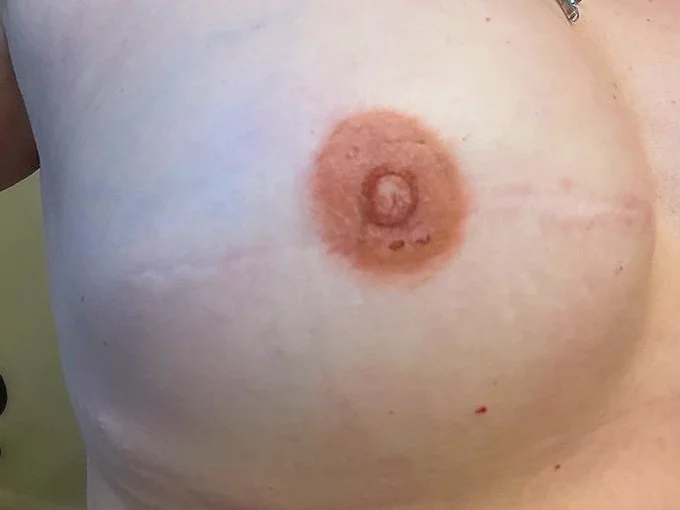
Paramedical Tattoos &
Permanent Makeup Services
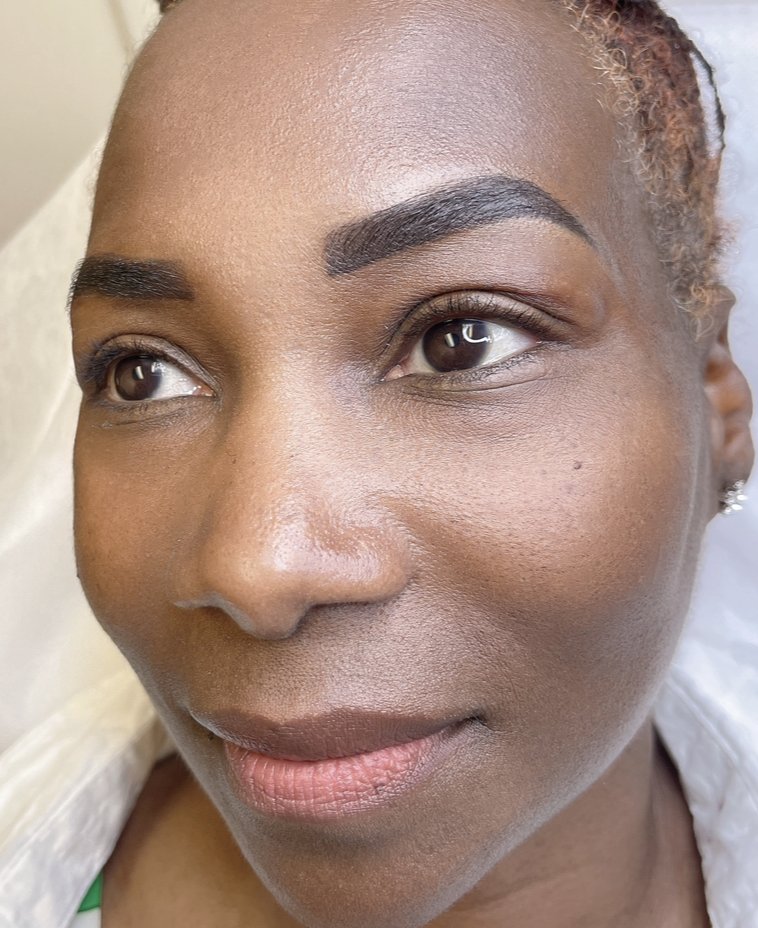
Powder|Ombre Microshaded Brows
For the ombre effect, the pigment layer is built producing a gradient of color from light to medium dark. Pigment is deposited under the skin using a machine to create a soft powdery makeup look.
An 8 week touch-up is required after your initial session to complete the process for optimal results. Please note the touch up service fee is not included in the initial service price and payable at the time of your 8 week touch up.












Nano Strokes
This premier service provides all the benefits of microblading, but with much less trauma to the skin. You’ll receive longer lasting results and better color retention typically up to two plus years after the initial touch up is complete. A 6-8 week touch-up is required after your initial session to complete the process for optimal results.

Alopecia
Alopecia can cause isolation, depression, and anxiety. Paramedical micropigmentation helps restore appearance and confidence, promoting mental well-being and strength despite the condition. It can be a great aesthetic option for eyebrows and eyelashes.
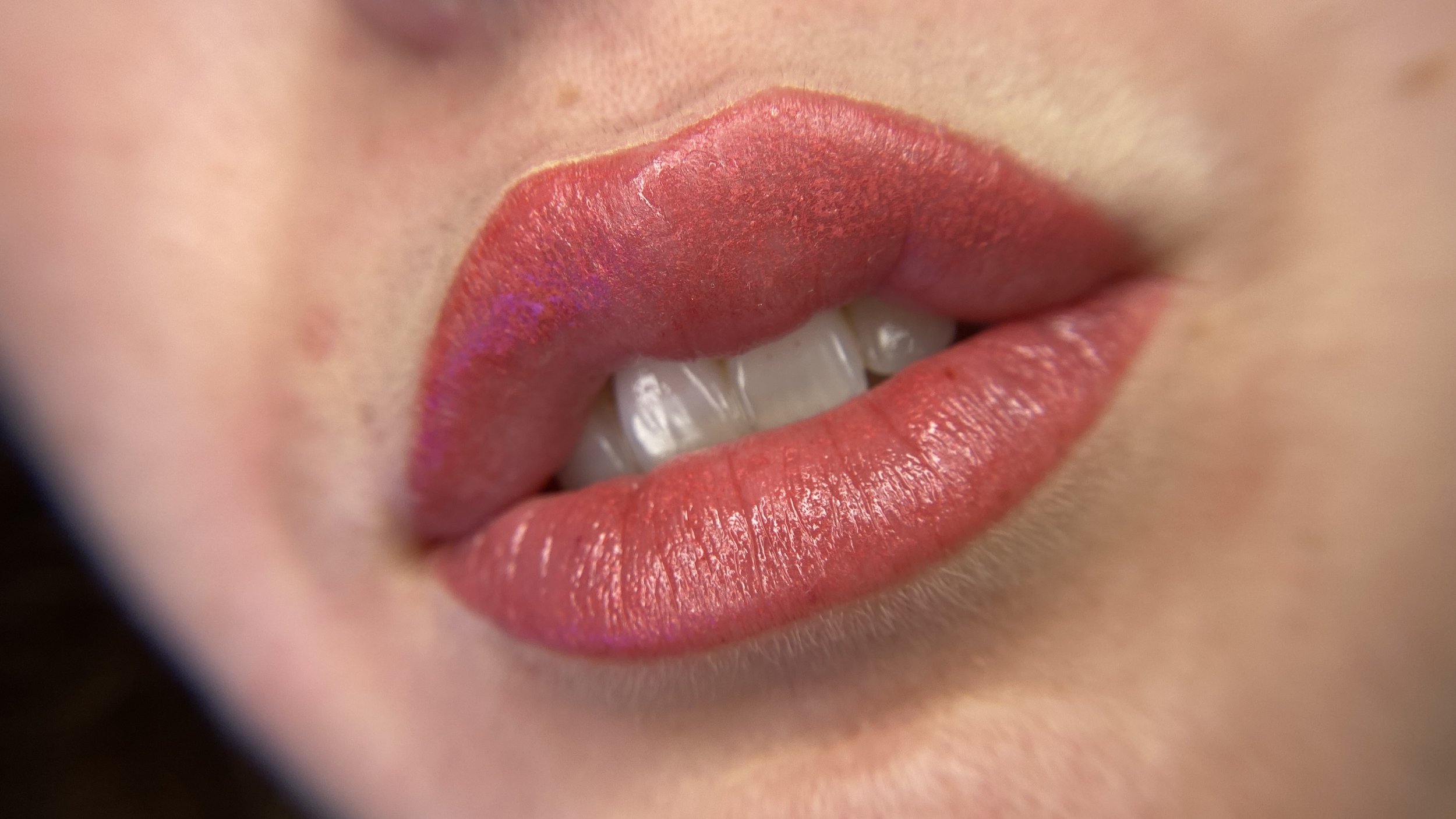
Lip Blush
Lip blush is a great way to enhance your beauty in a subtle way while also adding definition to your shape. Lip blush is a tattoo for your lips, that gives you a soft watercolor look, resulting in a more youthful appearance. It’s like natural-looking lipstick 24/7, without constant application. An 8-week touch up is required after your initial session to complete the process for optimal results.

Areola Restorative Tattooing
Melanin-rich Skin
Showing a wide range of examples of areola tattooing on African American women and other women of color is essential for representation, informed decision-making, and trust-building in the healing process after mastectomy. Skin tone significantly impacts how pigments appear once healed, and without visible, diverse examples, clients may struggle to visualize realistic outcomes. Tattooing melanated skin requires a nuanced understanding of undertones and pigment saturation, as colors heal differently than on lighter skin, often appearing muted or shifting in hue. This makes pigment selection and layering critical for natural-looking results. Additionally, radiated skin—often thinner, more fibrotic, and less elastic—must be handled with extreme care using gentle technique, reduced needle depth, and slower passes to prevent trauma while ensuring pigment retention. Ultimately, comprehensive education and inclusive imagery help ensure safe, respectful, and aesthetically successful outcomes for all clients.
After
Tattooing scar tissue presents several complications that both artists and clients should consider. Scar tissue can vary significantly in texture, thickness, and sensitivity compared to normal skin, which can affect the tattooing process and the final outcome. The altered skin may not hold ink as well, leading to uneven pigmentation or fading over time. Additionally, the pain threshold in scarred areas can be heightened, making the tattooing experience more uncomfortable for the client. There is also a risk of complications such as keloid formation, where the scar tissue grows excessively, potentially distorting the tattoo. Furthermore, the healing process may be more complex, requiring careful aftercare to prevent infection or other adverse reactions. Therefore, it is crucial for both the tattoo artist and the client to have a thorough discussion about these factors before proceeding with a tattoo on scar.
Immediately After
Scar Tissue
Before
Little to no Melanin
For women with lighter skin tones, color selection is especially important, as pigments can heal darker, cooler, or warmer than expected depending on undertones and skin translucency. Overly bold or incorrect hues may appear stark or unnatural, while subtle, expertly blended tones can mimic the soft, pink to beige variations typical of lighter complexions. Precision and an understanding of long-term pigment fading are crucial to ensuring results that remain natural-looking over time.
2 weeks healed Left
2 weeks healed Right
Scar Camouflage/Cover Up
Skin color loss/de-pigmentation can occur from medical procedures, trauma from burns or accidents, congenital anomalies, or different types of skin diseases. Medical treatments and surgical procedures can correct or improve the appearance of many types of scars and skin abnormalities. However, some patients still need the skin color of the treated are to be re-applied, so it appears more normal.

